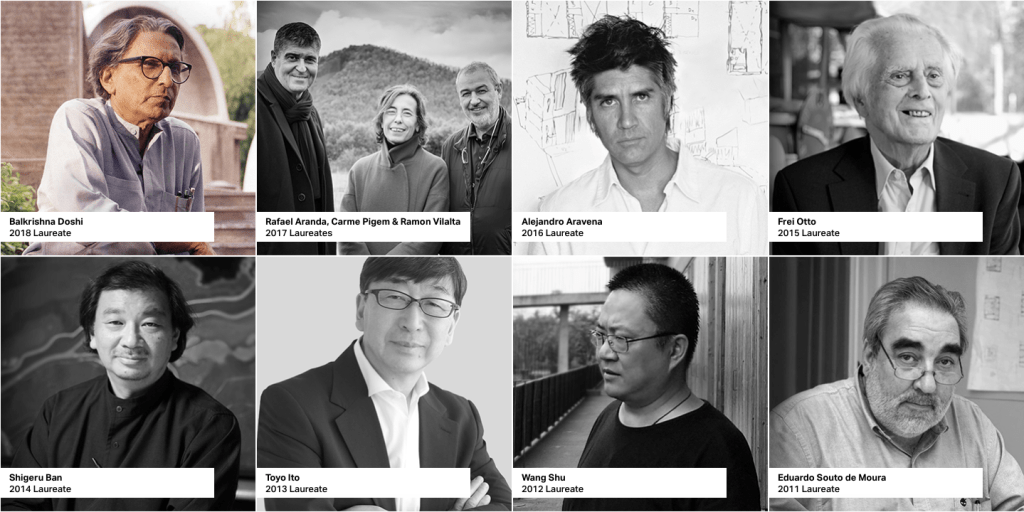Like every year, the expectation generated by the nomination of the Pritzker Prize winner in the world of Architecture is capital. The always controversial prize, which has been nicknamed “The Nobel of Architecture”, is one of the most prestigious awards in the contemporary panorama and the public appointment of the winner always arouses some exasperated voice pointing in the opposite direction.
Still waiting for the official publication of the 2019 decision, which will take place today at 16:00h (Spanish time), tension is assured in a prize that has always stood out for the debate and subsequent discussion in the artistic and architectural community.
Venustas, Firmitas, Utilitas: “The Pritzker” that we deserve?
The Pritzker, if we are allowed to call it like that, physically consists of a bronze medallion and a sum of $100,000, and the jury offers along with its public appointment a brief justification of the jury’s decision, which of course does not always please everyone. Officially, the purpose is:
“To honor a living architect or architects whose built work demonstrates a combination of those qualities of talent, vision, and commitment, which has produced consistent and significant contributions to humanity and the built environment through the art of architecture.”
Under this maxim, the prize began in 1979 with the Philip Johnson award, and since then they have named an annual prize, alternating winners from different generations, countries, cultures… -even, a few times, gender-.
The jury of this edition, composed of Stephen Breyer, André A. Corrêa do Lago, Richard Rogers, Kazuyo Sejima, Benedetta Tagliabue, Ratan N. Tata, Wang Shu and Martha Thorne, has had a difficult task in hand, of course, to manage to honour the words that led to the creation of this prize. Repeating some of them after the controversial decision in 2018, when the winner was the 90-year-old Indian architect Balkrishna Doshi, this year’s choice doesn’t seem to be going to satisfy the general public either.
Architecture for Humanity: 40 Years of “vindication”
The work of the Pritzker is, and has been since its foundation, the honour of the values contributed to humanity through Architecture -yes, with capital letters-, seeking to vindicate and remind architects of the role they occupy in society. In spite of this, after 40 years, on many occasions it is society itself that has had to remind the Pritzker that there are architects beyond names and offices, that there is architecture “without architects”, and that if there is no humanity left, the virtues that Architecture teaches are of no use.
The decision will not be made public until 4 p.m. this afternoon on the prize website. Do some names sound familiar? Leave your prediction in the comments.

